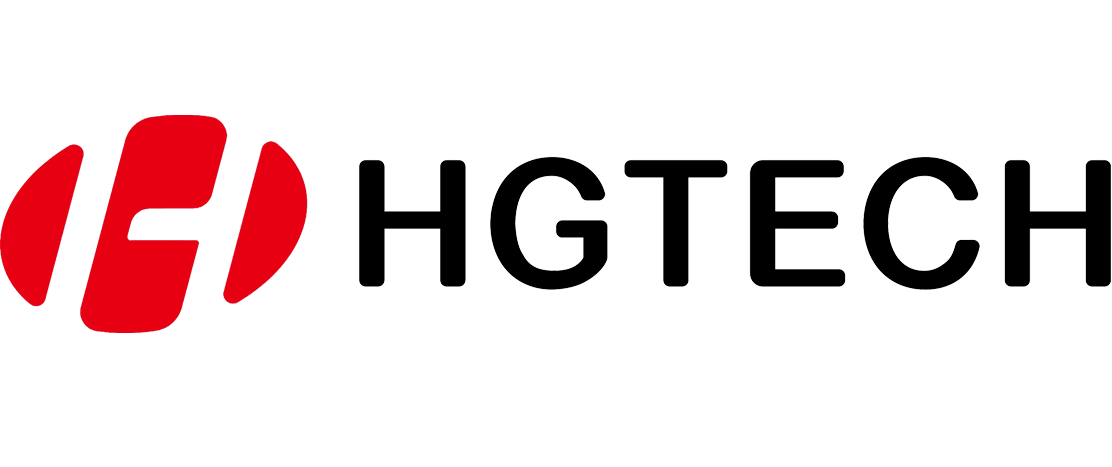Generally, the thickness of capacitor shells is required to be less than 1.0mm. Currently, mainstream manufacturers mainly use 0.6mm and 0.8mm shell material thicknesses based on different battery capacities. The welding methods are mainly divided into side welding and top welding, and the main advantage of side welding is that it has less impact on the interior of the battery cell and splashes do not easily enter the inner side of the shell cover. Due to the possibility of protrusions after welding, which may have a slight impact on the subsequent assembly process, the side welding process has high requirements for the stability of the laser, material cleanliness, and the fit gap between the top cover and the shell. The top welding process, due to being welded on one surface, can adopt a more scanning welding method using a galvanometer, but it has high requirements for the previous process of shell insertion and positioning, and high automation requirements for the equipment.
Continuous
laser welding machines use high-energy laser pulses to locally heat materials in small areas. The energy radiated by the laser is directed through heat transfer to the internal diffusion of the material, melting the material and forming a specific molten pool. Laser welding is mainly aimed at the welding of thin-walled materials and precision parts, which can achieve spot welding, butt welding, overlap welding, seal welding, etc.
The automatic laser welding machine adopts original imported accessories, with stable performance, low failure rate, and a service life of over 10 years. Welding efficiency is high, the effect is good, and the operation is simple and convenient. It mainly uses computer programming to complete automatic or semi-automatic spot welding, butt welding, overlap welding, and seal welding, completing complex planar straight lines, arcs, and any trajectory welding. It can be customized according to customer requirements.
1. Laser welding has strong agility and flexibility, with a large space for use. It can weld materials with special shapes other than ordinary shapes, as well as parts that are not easily accessible.
2. The spot size of the laser welding machine can be adjusted, and in small and micro welding, it can focus very small spots for precise welding.
3. Laser welding machines weld quickly and deeply, with narrow and almost no deformation of the weld seam.
4. Laser welding machines can weld various types of materials, such as electric welding machines, xenon arc welding machines, and other difficult or even impossible metal materials. They can also weld two different types of metal materials.
5 lasers are easy to achieve the separation of
laser beams in time and space, and can simultaneously process multiple beams and workstations for greater precision.
6. The energy density after laser focusing is relatively high, and in high-power equipment welding, its depth ratio can reach 51, with a maximum of 10:1.
7. Small welding can be carried out, and the light points obtained through aggregation are very small and accurately positioned, suitable for large-scale production of micro and small workpieces.
8. Laser welding machines can achieve large-scale automated production and save costs.
The above is the application process of the laser welding machine on the capacitor shell. The capacitor laser welding machine is non-contact welding. The operation process does not require pressure, the weld width is small, the Heat-affected zone is small, the deformation is small, the welding speed is fast, and the weld is smooth and beautiful.
About HGSTAR: HGSTAR is is a sub-brand of HGTECH.HGTECH the pioneer and leader of laser industrial application in China, and the authoritative provider of global laser processing solutions. We have comprehensively arranged laser intelligent machine, measurement and automation production lines, and smart factory construction to provide overall solutions for intelligent manufacturing.


